Finding your dream camera can be tricky with so many models and features out there…
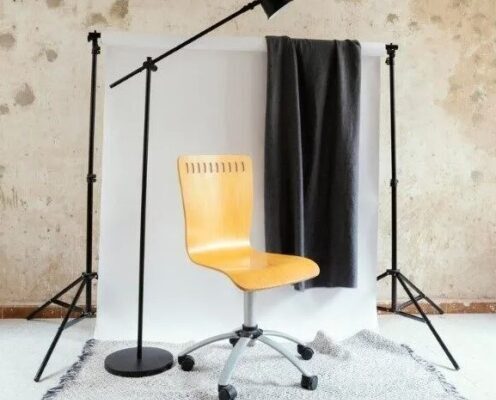
Best Guide to Studio Photography Background for Beginners
Choosing the perfect studio photography background can be tough, especially for beginners. With so many options, it’s easy to get confused. In this guide, we’ll explain the basics of backgrounds and what to think about when picking one and provide simple tips for using different materials and textures.
A good background makes a photo much better by setting the mood and making your subject stand out. This guide will make choosing a studio background easier by explaining what to think about and giving simple tips. Even if you’re taking pictures of people or products, knowing how to pick the right background is key to getting great, professional-looking photos.
Basics of Studio Photography Backgrounds
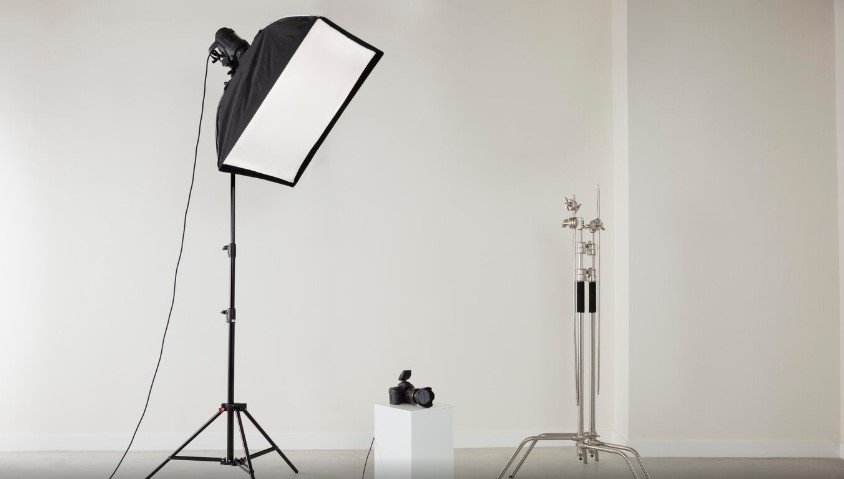 A perfect background for the studio is important for photography. It supports your subject and helps create the right mood for the photo. A good background should not only look nice but also contrast well with your subject and match the overall mood of the image. In studio photography, backgrounds can range from solid colors and textured fabrics to digital images to provide different styles and effects to make your model or product stand out.
A perfect background for the studio is important for photography. It supports your subject and helps create the right mood for the photo. A good background should not only look nice but also contrast well with your subject and match the overall mood of the image. In studio photography, backgrounds can range from solid colors and textured fabrics to digital images to provide different styles and effects to make your model or product stand out.
When picking a studio photography background, think about the style and look you want to achieve. The best design depends on your goal audience and where it will be used. Sometimes simple is better, sometimes bold is better, and sometimes a mix of both works best. Are you photographing a product, a person, or something else?
The subject and style will influence your choice of background, so it’s important to know what kind of look you’re aiming for.
Besides the look, there are practical things to consider. For example, the background should be durable, easy to clean, and able to last if you plan to use it often. A studio photography background that’s easy to maintain will save you time in the long run. It should also handle the lighting and equipment in your studio without losing its quality.
Digital backgrounds give you many options, from custom graphics to ready-made templates. Digital backgrounds are great because they’re easy to change and reuse, perfect for photographers needing the same background for multiple shoots. Their flexibility makes them easy to adjust and personalize. Choosing the right studio photography background is about thinking carefully about both its look and its practical uses. Thinking about your subject, style, and studio needs helps you choose the perfect photo background, making your pictures great and bringing your ideas to life.
To pick the right studio photography background, keep these things in mind. First, consider the colors and overall style you want for your studio photography background. Will the background look good with your subject, or will it clash? You need to balance the colors for a great photo. Think about the texture and material of the studio that you wanted for your studio photography background. If you want a smooth background or something more textured, or maybe you want a fabric or wood as part of the background,
Besides style, also think about how tough it is or how easy it is to clean, and if it will last if you use it a lot. Can it be cleaned easily or what? Another thing to think about is how versatile the background is. Will it work with different subjects and styles? Can it be changed or adjusted to suit your needs?
Lastly, consider your budget. Are you looking for something affordable, or is money not a concern? Do you need special materials that might be harder to find? Thinking about all this will help you choose the perfect background to make your photos look great.
Types of Backgrounds
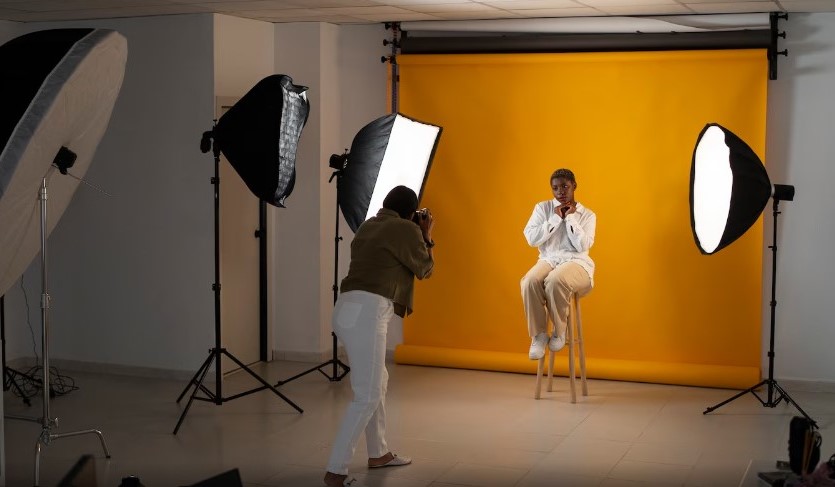 Lots of choices for studio photography backgrounds exist. Solid colors are popular because they’re easy and look good with many things you might photograph. Textured fabrics give a natural look to your photos and come in different styles. You can choose materials that are smooth and soft, or rough and bumpy. These backgrounds help make your photos more interesting and add depth.
Lots of choices for studio photography backgrounds exist. Solid colors are popular because they’re easy and look good with many things you might photograph. Textured fabrics give a natural look to your photos and come in different styles. You can choose materials that are smooth and soft, or rough and bumpy. These backgrounds help make your photos more interesting and add depth.
Using textured backgrounds makes your photos stand out and adds character. Whether you want a simple or bold look, there are many texture options to match your theme.
Another option is to use a combination of backgrounds, such as a solid color with a textured overlay. This can create a unique and visually appealing look that adds interest and depth to your images.
Besides real backgrounds, digital backdrops are also popular. This digital picture can be anything you want, giving you lots of choices.
When choosing a studio photography background, think about what you’re photographing and the look you want. Picking a background that matches your style will make your photos better and help you get the look you’re after.
Measuring and Preparing Backgrounds for Photography
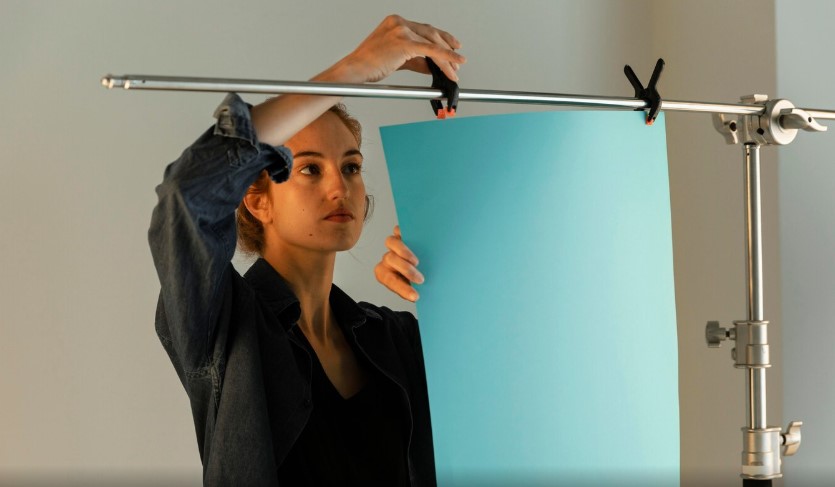 Once you’ve chosen your studio photography background, it’s essential to measure and prepare it for photography. The first step is to measure the background to ensure it’s the right size for your subject and camera. You’ll want to make sure the background is large enough to fit your subject and provide enough depth and context. Next, you’ll need to prepare the background studio for your photography. This might mean cleaning or dusting it, or using a special spray or treatment to get the right look. For digital backdrops, you may need to edit and customize the image to fit your needs.
Once you’ve chosen your studio photography background, it’s essential to measure and prepare it for photography. The first step is to measure the background to ensure it’s the right size for your subject and camera. You’ll want to make sure the background is large enough to fit your subject and provide enough depth and context. Next, you’ll need to prepare the background studio for your photography. This might mean cleaning or dusting it, or using a special spray or treatment to get the right look. For digital backdrops, you may need to edit and customize the image to fit your needs.
In addition to physical preparations, you’ll also need to consider the lighting and equipment you’ll be using. Will you need additional lighting or reflectors to achieve the desired effect? Are there any specific camera settings or techniques you’ll need to use? Prepare your studio photography background, lights, and camera for the best pictures.
Tips for Working with Background Textures
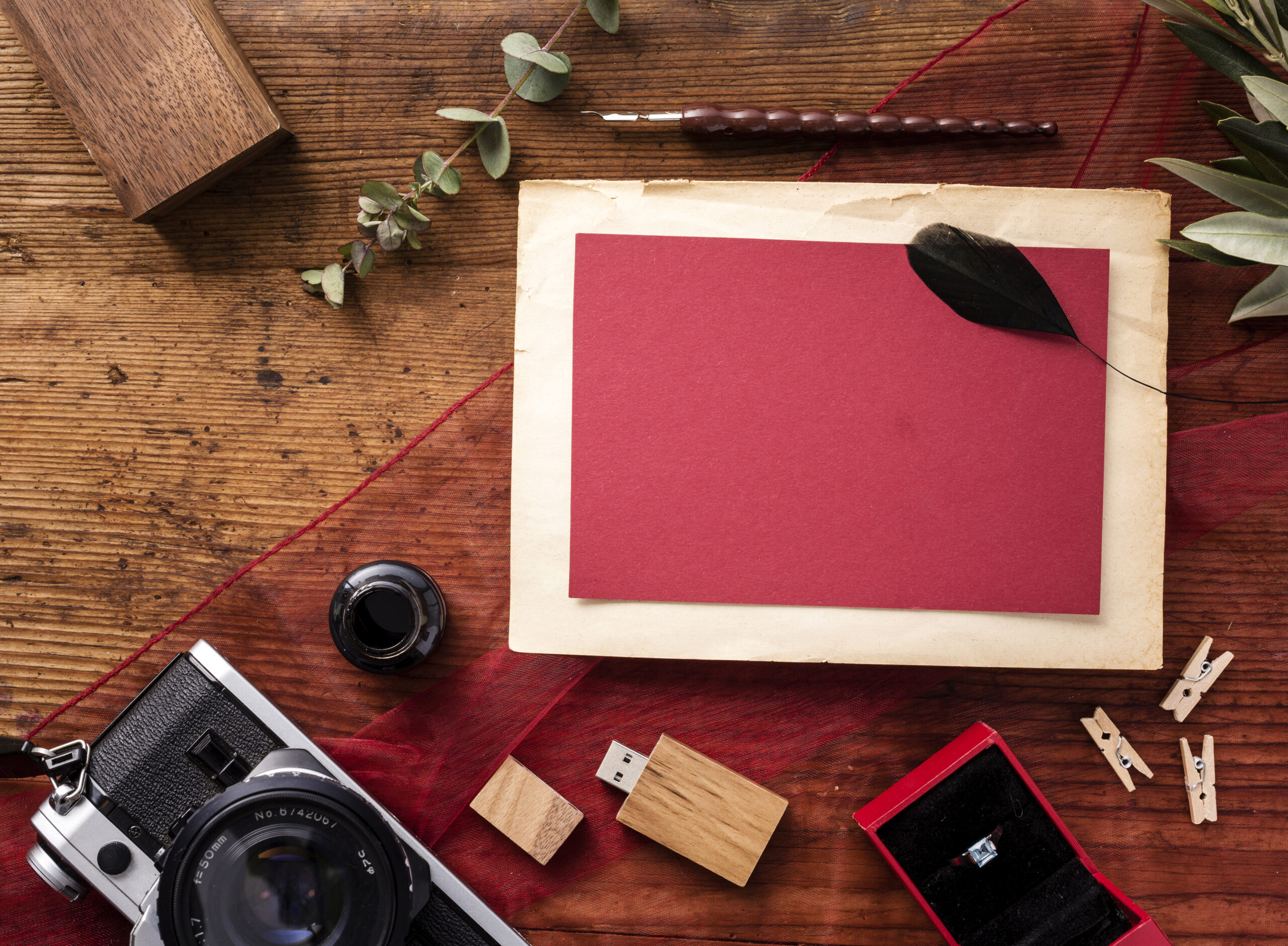 Each type of background has its own unique characteristics, so it’s important to understand how to work with them. Here are some tips for working with different materials and textures:
Each type of background has its own unique characteristics, so it’s important to understand how to work with them. Here are some tips for working with different materials and textures:
-
Experiment with Different Backgrounds: Don’t be afraid to try out different backgrounds to see what works best with your subject. Sometimes, you might find that a background you didn’t expect works really well with your shot.
-
Scale and Proportion: The background should be in proportion with your subject. A background that’s too large can take attention away from your subject, while one that’s too small may not provide enough depth. Make sure to test out different sizes and adjust as needed.
-
Texture Direction: If you’re using a textured background, consider the direction of the texture. For example, if the fabric has a specific pattern or grain, make sure it doesn’t distract from your subject. A busy texture can take the focus away from the main subject of the photo.
-
Digital Backdrops: Digital backgrounds give you a lot of creative freedom. You can change the color, texture, and design to suit your subject and style. Experiment with different designs, textures, and elements to create a unique and visually appealing look.
Playing with different studio photography backgrounds, materials, and textures is a fun way to get creative. One of the most important things to keep in mind is to experiment and try new things. Don’t be afraid to try out different backgrounds and see what works best for your subject and style.
Another important tip is to consider the scale and proportion of the background. Will it work well with your subject, or does it overwhelm or dominate the image? Make sure to test and adjust as needed. When working with textured backgrounds, it’s essential to consider the direction and orientation of the texture. Will it work well with your subject, or does it create unwanted distractions or visual interest?
In addition to physical backgrounds, digital backdrops offer a range of creative possibilities. You can experiment with different design elements, colors, and textures to create unique and visually appealing backdrops. Following these tips and trying different background materials and textures will make your photos more creative and interesting.
Creating a Cohesive Look with Your Background
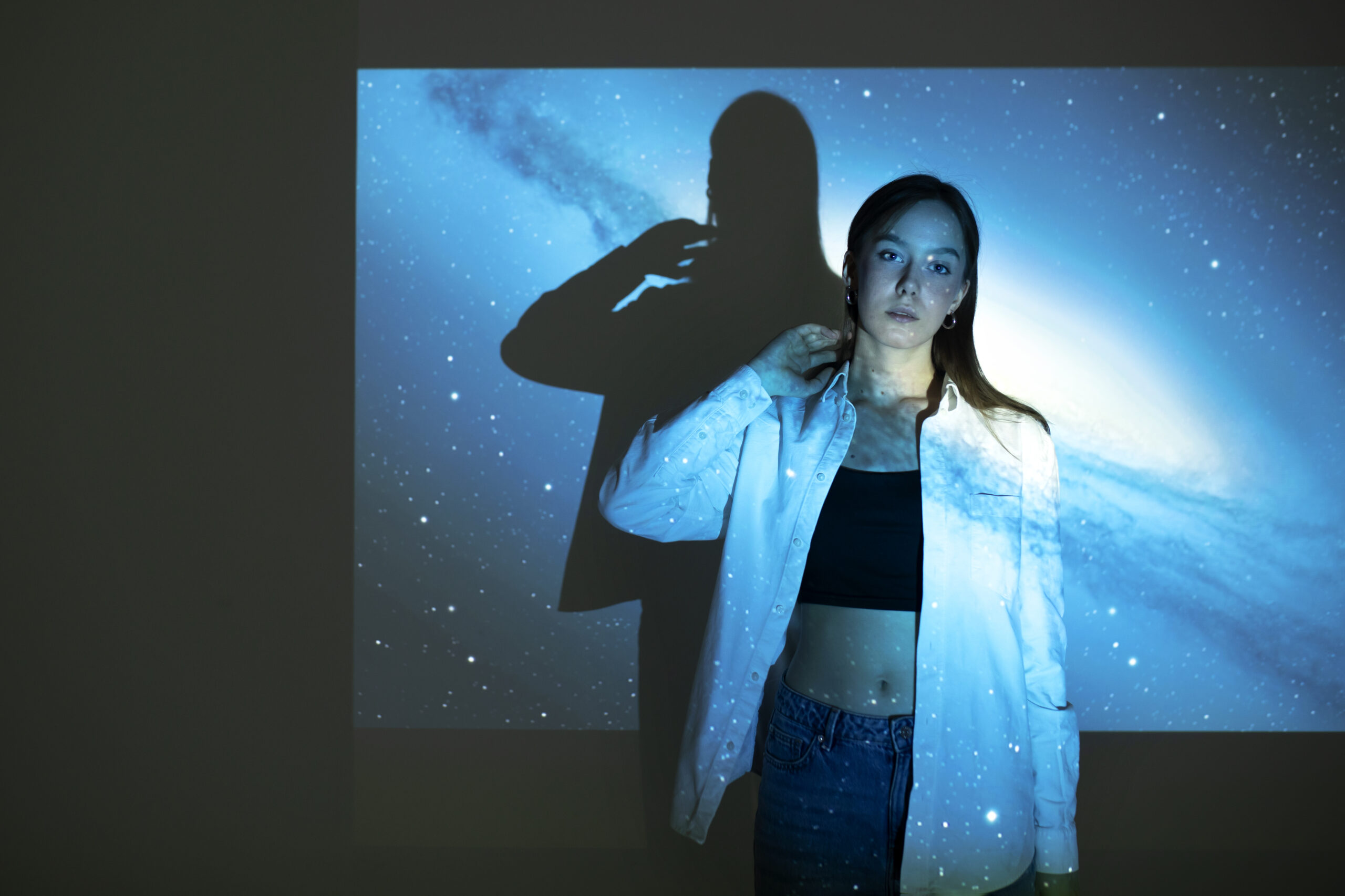 Creating a cohesive look with your studio photography background involves considering the overall aesthetic and style you’re aiming for. Will the background complement or clash with your subject? Are there any specific colors or textures you want to incorporate?
Creating a cohesive look with your studio photography background involves considering the overall aesthetic and style you’re aiming for. Will the background complement or clash with your subject? Are there any specific colors or textures you want to incorporate?
One of the most important things to keep in mind is to think about the overall mood and atmosphere you want to create. Will the background help to create a sense of calm and peacefulness, or something more dramatic and intense? In addition to aesthetic considerations, you should also think about the message and meaning you want to convey. Will the background help to reinforce the message or theme of your image, or does it detract from it?
Finally, consider the impact of the background on the overall composition of the image. Will the background distract from your subject, or will it help people focus on the main part of your picture or edited photo? Thinking about this and making sure your background looks good with your subject will make your photos better and tell a stronger story.
These tips will help you choose the perfect studio photography background. Remember to think about how it looks and how you’ll use it, try different materials and textures, and be creative with how it makes your photos better. Putting these ideas into practice will help you take amazing and memorable pictures that show off your talent.
Conclusion
The right studio photography background for your photos is important for making your pictures look great. Think about the subject, style, and how easy the background is to use. Even if it’s a simple color, textured fabric, or a digital background, each one can change how your photo feels. Trying different backgrounds and remembering these tips will help you choose one that makes your photos better and gives you the look you want.
Read Next: Transform Your Product Shots with Stunning Background Ideas

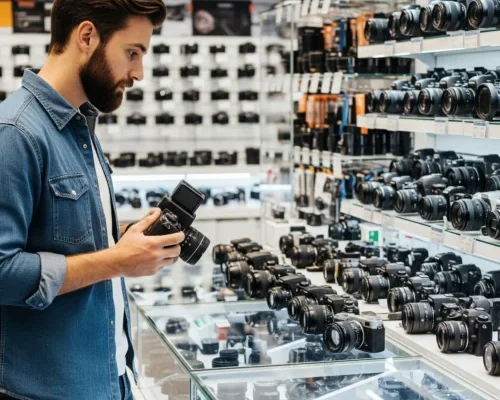
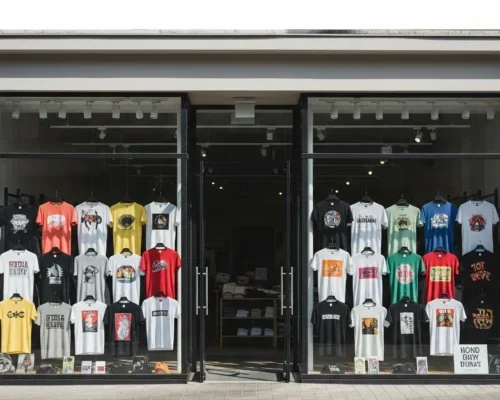
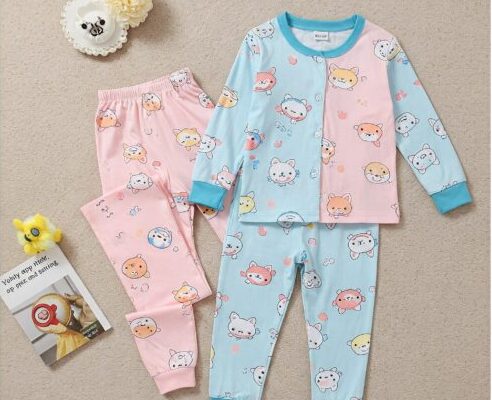
Comments (0)